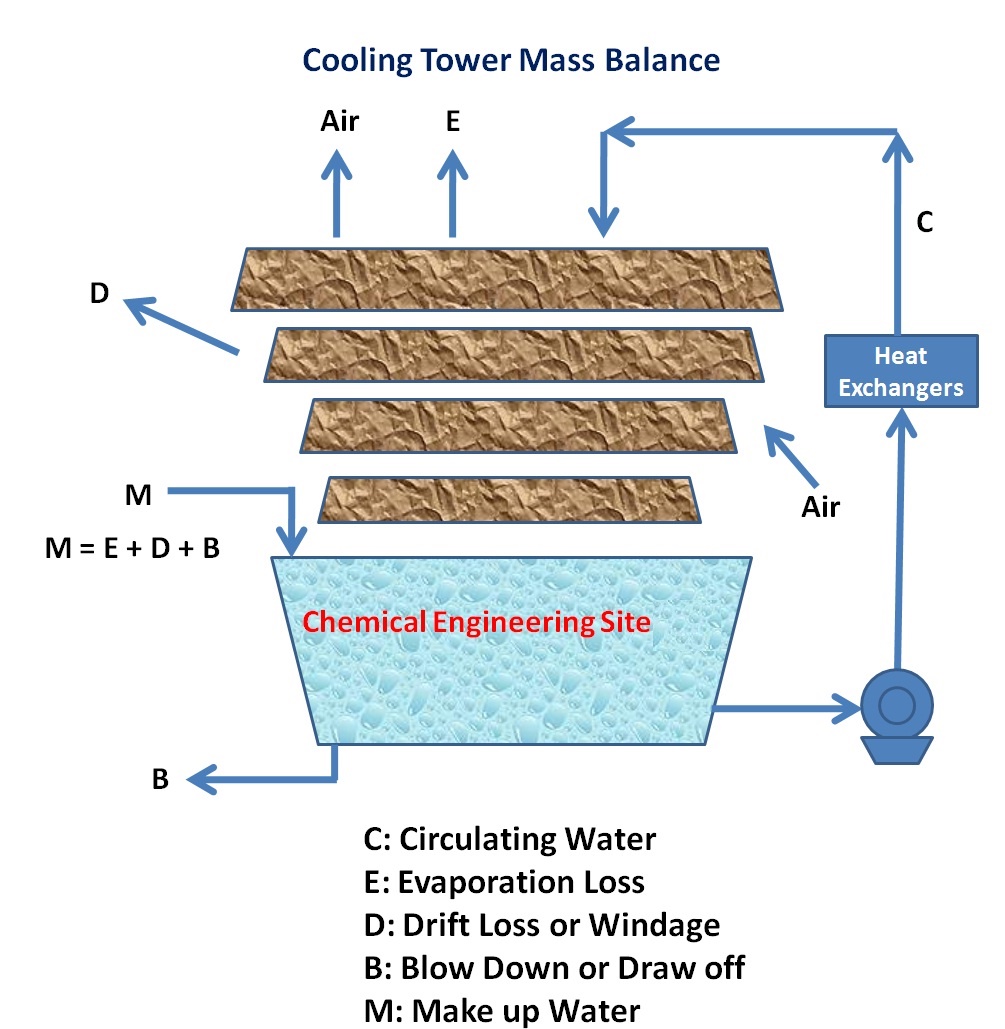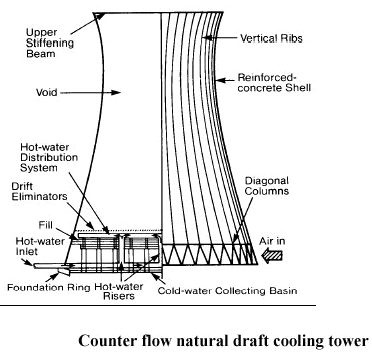

Induced Draft Tower Systems are two types

Less recirculation than forced draft towersįans and motor drive mechanisms require weather-proof To prevent the water droplets losses within the air, the Drift eliminators are employed in the cooling tower. The high velocity of air leaving the cooling tower minimizes the possibility of recirculation. Most of them are installed with a fan in the upper part of the cooling tower, which lets hot air out and circulates air around.

Recirculation due to high air-entry and low air-exit velocities Suited for high air resistance & fans are relatively quiet The use of these cooling towers is restricted because of water distribution issues, high horsepower fans, and the potential for recirculation. This cooling tower design is similar to an induced draft, but the main distinction is that the air-moving fan is situated in the tower’s middle, allowing air to flow through from below. Mechanical Draft Cooling Towers are three types


 0 kommentar(er)
0 kommentar(er)
